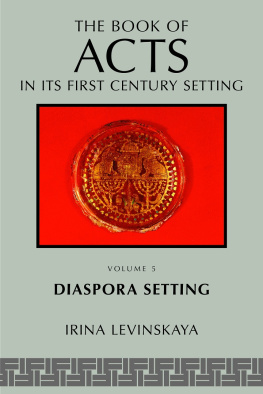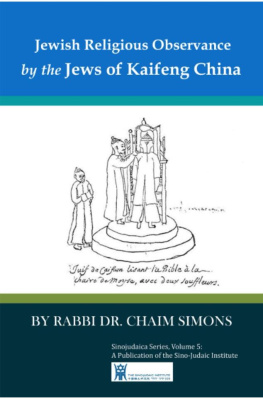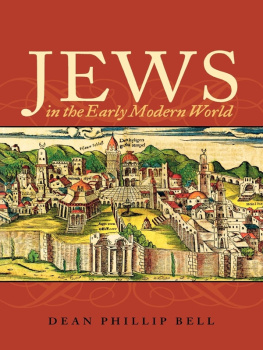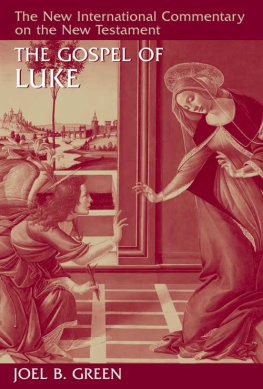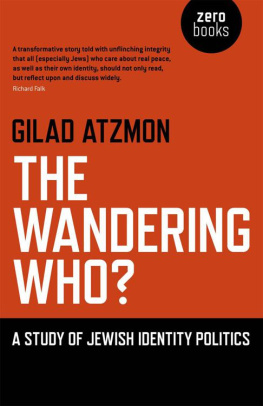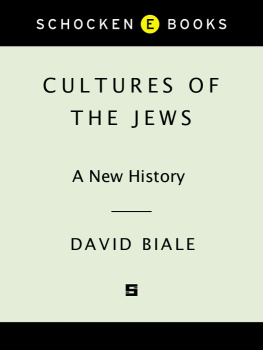THE BOOK OF ACTS IN ITS
FIRST CENTURY SETTING
1. The Book of Acts in Its Ancient Literary Setting
II. The Book of Acts in Its Graeco-Roman Setting
III. The Book of Acts and Paul in Roman Custody
IV. The Book of Acts in Its Palestinian Setting
V. The Book of Acts in Its Diaspora Setting
VI. The Book of Acts in Its Theological Setting
Bruce W. Winter
Series Editor
I. Howard Marshall David W. J. Gill
Consulting Editors
THE BOOK OF ACTS IN ITS
FIRST CENTURY SETTING
VOLUME 5
The Book of Acts in
Its Diaspora Setting
by
Irina Levinskaya





CONTENTS
vii
Xi
xv
Diaspora Jews, Proselytes and God-fearers
CHAPTER 1: 1
CHAPTER 2: 19
CHAPTER 3: 35
CHAPTER 4: 51
CHAPTER 5: 83
CHAPTER 7: 117
Jewish Diaspora Communities
CHAPTER 8: 127
CHAPTER 9: 137
CHAPTER 10: 153
CHAPTER 11: 167
CHAPTER 12: 195
PREFACE
This book is written by an ancient historian who, during the last ten years, has become more and more absorbed by New Testament studies through research into the book of Acts. When I was a student in the Department of Classics of St. Petersburg university (which was called then by another name which I do not like to remember), on one occasion our professor asked us, as first year undergraduates, what particular field each of us was interested in. I immediately and rather naively said 'New Testament' and got the answer 'It is out of the question, at least on these premises'. The expression on my teacher's face prompted me never to bring up this subject with him again. Later I realised that his response was out of concern for a young and inex-perienced person-he had spent ten years of his life in one of Stalin's camp and ten years in exile. Such an experience teaches one to be especially careful. I therefore studied classical literature and for some time my hero became Herodotus. I was enchanted by his breath-taking ability to combine history with story-telling. The fascinating process of looking for the historical core of the stories captured me completely and, under the influence of these studies, my interests changed. I defected from philology to ancient history.
When I was looking for a subject for my doctoral dissertation I suddenly realised that, though I could not work in the field of New Testament, I could at least move nearer. I chose the subject of the cult of the Most High God-paganism was religio licita under the communists and this cult was usually viewed as a pagan one! In the course of investigating the sources and secondary literature, I came to the conclusion that this cult in the Bosporan Kingdom was a manifestation of Jewish influence, and that the most interesting parallels are provided by the book of Acts. This was the beginning of my intense interest in Acts.
But the more I read of the scholarly literature on Acts the more I was surprised by approaches to the book: it could be viewed either as a purely theological scheme or, in the minds of some, as a second-rate combination of contradictory sources and legends about the beginnings of the Christian church. The few exceptions have not changed the general trend. My impression from the book of Acts was quite different. The studies of Herodotus taught me that a novelistic genre and a strong theological framework (in the case of Herodotus that of the envy of the gods-4eovoS Oethv) can go hand in hand with first-rate social, cultural, ethnographical and historical information. There is no reason whatsoever to treat Acts any differently from other first century writings. The almost universally accepted dichotomy for studying Acts is somewhat surprising for an ancient historian. In my perception, the book of Acts, though it has a notable theological conception, was both a valuable historical work and an important source of background material for the first century AD. My further studies have confirmed and strengthened this perception.
Not surprisingly, I was delighted by the invitation to participate in a project on the background to the book of Acts. Since this volume forms part of a series, The Book of Acts in its First Century Setting, the series editor gave a very specific briefto gather the evidence we possess on the Diaspora in the first century in order to provide the background for our on-going discussion of Acts in relation to the Diaspora.
As an ancient historian interested in the building material out of which edifices are constructed, I have devoted this book to the discussion of the detailed evidence that we possess on the Diaspora at this present moment. It is extremely important to note at the very beginning of this work that, compared with those subsequent centuries, the sources for Jewish life in the Diaspora in the first century are very limited indeed. All regions mentioned in the Acts of the Apostles are known to have had a substantial Jewish population long before the first century AD. Archaeological discoveries, mainly in the second half of the twentieth century, have supplied us with rich Jewish material which confirms the wide dissemination of Jews all around the Mediterranean world. The problems arise when we start to distribute material chronologically. The overwhelming majority of inscriptions, which are our main and the most important source, belong to the period from the end of the second century AD and later. The first century is extremely poorly represented by epigraphic evidence and among excavated synagogues only one belongs to this period. There is only one district outside Egypt, (which is beyond the scope of this book), that yielded a whole series of Jewish, or Jewish related, inscriptions-the Bosporan kingdom, situated in a remote part of the Mediterranean world, on the northern coast of the Black Sea. I consider this evidence so important for understanding certain aspects of Jewish-Gentile relations that, despite the fact that the Bosporan kingdom was outside the world of the book of Acts, I decided to discuss it at length in a separate chapter. The selection of inscriptions from the Bosporan kingdom is presented in Appendix 3 to this book as well as the photographs of the inscriptions-some of which have not been published before.
All this makes Luke's evidence for the first century western Diaspora, which is the main scene of Acts, especially valuable. The problem is: how can we check his information? Given the situation with the contemporary sources the attraction of the material from a later period seems to be unavoidable. This creates a methodical challenge: what kind of later sources can possibly be used for comparison with Acts?

